A TB hotspot is an area of variable size in the Low Risk Area (LRA) of England where the Animal and Plant Health Agency (APHA) initiates enhanced TB surveillance measures for a limited period due to the emergence of one or more culture-positive TB herd breakdowns of uncertain origin.
Enhanced measures include increased cattle testing, which will help APHA determine the geographic and genetic picture of breakdowns.
Where necessary passive (post-mortem) surveillance for TB in found dead wildlife is also introduced. If Mycobacterium bovis (M. bovis) infection is found in the local wildlife and is genetically linked to the development of cattle breakdowns in the area, then one or more type of wildlife control may also be introduced.
Identification of hotspot areas
In the LRA, all new TB breakdowns of uncertain origin resulting in Officially TB Free (OTF) herd status being withdrawn (OTFW) are carefully assessed by APHA vets to determine whether they satisfy the criteria for declaration of a hotspot area. The TB breakdown(s) triggering the hotspot area is/are known as the index case(s).

How is the origin of infection assessed in the index case(s)?
To determine the most likely origin of infection, APHA will carry out several actions.
Disease investigation visit (DRF) of the index OTFW breakdown. This is completed by an APHA vet, primarily to gather information about the source of the TB breakdown.
Whole Genome Sequencing (WGS) is carried out on isolates of M. bovis from reactor cattle removed from the breakdown herd to look for genetically identical or closely related isolates of the bacterium elsewhere in GB (phylogenetic analyses).
Supplementary interferon-gamma blood testing of TB breakdown herds. This is mandatory for all OTFW breakdown herds in the LRA.
Look at information on the Cattle Tracing System and herd movement records.
Assess the early results of any radial testing conducted in herds located within a 3 km radius of the index case(s).
Disease investigation visit (DRF) of the index OTFW breakdown. This is completed by an APHA vet, primarily to gather information about the source of the TB breakdown.
The index case may be linked to introductions of TB infected cattle if the lesion/culture positive cattle have been detected at a post-movement test, or if the WGS clade of the M. bovis isolate matches that commonly found in the region of origin of the infected animal(s). Index cases can be linked to:
- Cattle purchases from herds in higher risk areas of England or Wales
- Hired bulls
- Spread from other OTFW herds (by animals, people, vehicles, equipment, fomites)
- Cattle imports from Ireland
- Cattle taken to agricultural shows
- Cattle returning from common or rented grazing
To determine whether an index case should trigger a hotspot area, APHA vets will try to establish the likely origin of infection for the affected herd or cluster of herds. If the origin of the index case(s) is likely to be the introduction of TB-infected cattle into the herd, then APHA will not instigate a hotspot area and the standard procedures for a normal OTFW breakdown in the LRA are followed, including radial surveillance testing to monitor for any spread from those introductions.
If APHA vets conclude that local spread to / between index case(s) is the more likely cause, then the area around the index case(s) will be the focus for the new hotspot area (see flow chart below).
Previously, Hotspot areas have been referred to as ‘potential’ or ‘confirmed’ depending on whether infection had been identified in wildlife populations. Since Easter 2024 APHA is managing hotspots in ‘stages’ as described below. APHA is committed to review all evidence collected regularly to allow for timely changes of testing requirements and disease controls as required. These changes can include increasing or decreasing the geographical coverage of the hotspot area, frequency of TB testing requirements, or other disease control measures.
What happens when a hotspot area is identified?
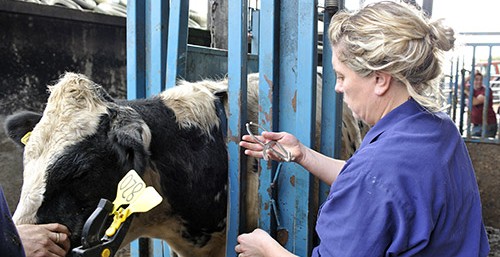
Stage 1 – Launch including enhanced cattle controls and testing
Hotspots follow a similar pattern to individual LRA breakdown procedures (where a 3km ‘Radial Zone’ is setup around the breakdown), but Hotspots are likely to be much larger, including more than one breakdown, more than one Radial Zone and all land between them.
Once a hotspot area has been declared and its boundary defined and mapped, APHA will increase the TB testing frequency of cattle herds inside the area boundary.
All cattle keepers in a Hotspot area will be issued with a TB test notification letter from APHA, informing them that their herd has been moved onto six-monthly (or annual) testing and that in all circumstances, there will be a requirement for pre-movement testing.
Increased TB surveillance of cattle in hotspot areas aims to obtain and follow epidemiological evidence as early as possible, allowing APHA to act upon findings more rapidly to prevent further spread and eradicate the disease from the area as soon as possible.
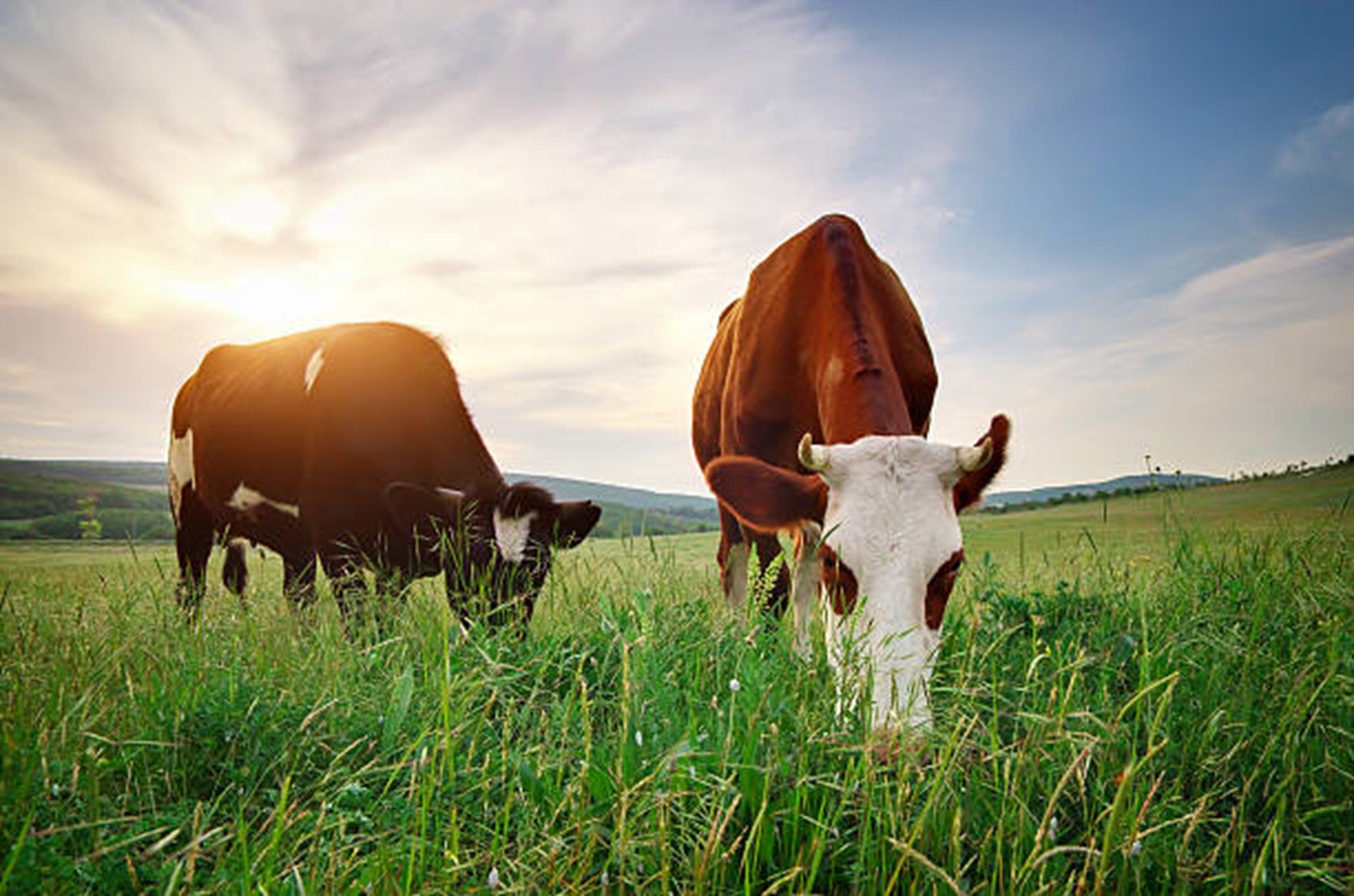
Stage 2 - Review of epidemiological evidence
This is conducted no later than two years following the start of the enhanced cattle testing. Depending on the results the boundary of the hotspot area may need to be adjusted (changed, reduced or increased). Additional surveillance of non-bovine herds may be introduced. Surveillance for disease in local wildlife may also be justified.
Surveillance of local wildlife (may be introduced from Stage 2 onwards)
After the epidemiological review, the evidence may show that infection has been introduced into the area by purchasing and that there is no indication of local spread by wildlife. In this instance wildlife surveillance would not be necessary.
However, it is also possible that the evidence from enhanced surveillance of cattle shows it is more likely that infection has been spread locally by wildlife.
The aim of enhanced wildlife surveillance is to determine whether wildlife in the Hotspot area are infected with, and therefore likely to be spreading, genetically matching M. bovis (i.e. linked to the development of cattle breakdowns in the area).
In this instance APHA will introduce enhanced TB surveillance of local wildlife, equipping stakeholders with collection kits and an on-line reporting process, which allows for quick reporting, collection and submission of wildlife carcases (deer and badgers) to APHA for post mortem.
If wildlife surveillance is introduced in a Hotspot, then APHA sends all cattle keepers in the hotspot an information sheet that provides guidance on how to collect and report any found-dead badger or deer carcases.
Carcases must be suitable for post-mortem examination (PME) and bacteriological culture of suitable tissue samples, which means they must be fresh and appear intact. Significantly damaged or older carcases will be too contaminated for successful analysis.
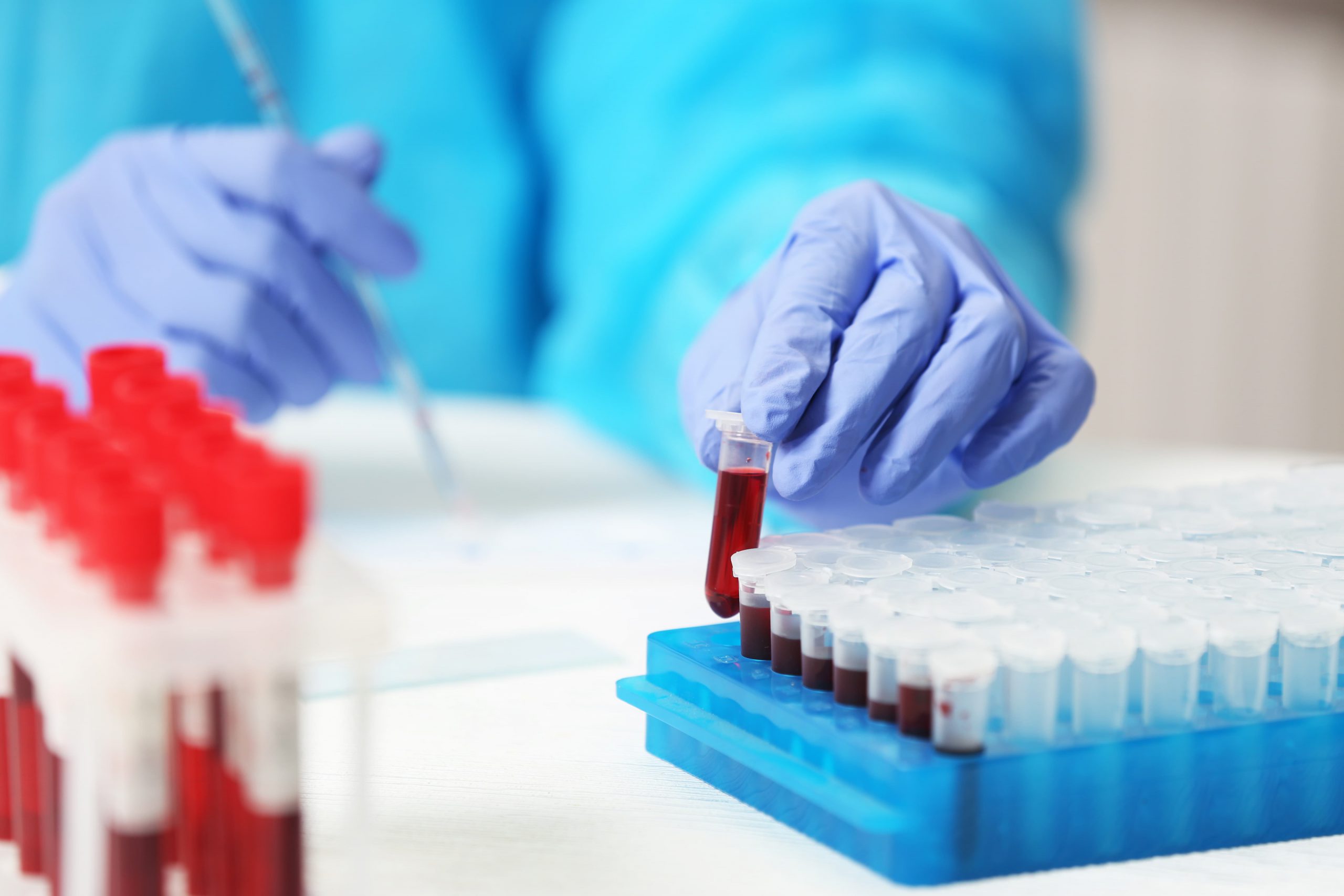
Stage 3 – Wildlife involved (genetically matching disease found in wildlife)
If any wildlife carcases are found to be positive for M. bovis on culture, then Whole Genome Sequencing will be carried out and the results compared on the phylogenetic tree (family tree) of M.bovis to see what relation there is between the bacterial infection in wildlife and in the cattle breakdowns. If the WGS of M. bovis isolates from wildlife matches that of the local cattle breakdowns, then the Hotspot moves to Stage 3.
APHA may then start wildlife activity surveillance (which may include monitoring of badger activity, their location, population density, etc) to gather the information to inform further decisions which may include licensed wildlife controls.

Stage 4 – Licensed Wildlife Control
If wildlife surveillance has found evidence of badgers or wild deer infected with a strain of M. bovis that is genetically matching the strain circulating in local cattle herds with TB breakdowns, then licensed wildlife control may be introduced in all or part of the Hotspot area and can be varied over time according to epidemiological evidence.
Badger TB control has been licensed in hotspots in the LRA since 2018. Badger control is carried out in so-called ‘badger control intervention areas’, which are defined by expert epidemiologists and ecologists. Hotspot wildlife controls are known as ‘adaptive disease control’ licences and are subject to an annual evidence review by APHA epidemiologists, ecologists, and the Chief Veterinary Officer (CVO) to ensure the ongoing suitability of badger control.
Typically, the badger control intervention areas in the LRA are made up of:
The minimum infected area
This area is based on the location of badger carcases and cattle herds infected with genetically linked strains of M. bovis, and the distribution of farms with TB herd breakdowns.
The outer area
This is an area surrounding the minimum infected area. The outer area is included to account for the possibility that infection may have already spread in the badger population.
Badger vaccination
The CVO may approve badger vaccination in Stage 4 hotspot areas (or parts of them) where all badger carcases collected have been free from infection with M. bovis for at least two consecutive years, or where the epidemiological evidence indicates vaccination will be an effective disease control option without the need for removing any animals.

Stage 5 – Closing a TB hotspot area
It is important to note that the duration of a hotspot depends entirely upon the epidemiological evidence gathered through enhanced surveillance testing of cattle (if necessary other species and wildlife) in the area. This will be different for every hotspot but is assessed against consistent criteria by APHA.
Hotspot areas (or parts of Hotspot areas) can be closed when all the following conditions have been met:
- All required TB tests in cattle (and any non-bovine) herds have been completed and no further cattle herds infected with the strain of M. bovis linked to the Hotspot are found, i.e., APHA is confident the TB situation has returned to normal for the LRA.
- Where initiated by APHA after the Stage 2 review of the hotspot, TB surveillance in local wildlife has yielded no badger or wild deer carcases infected with M. bovis and there are no outstanding laboratory TB test results from any wildlife submissions.
Additionally, if any wildlife controls were introduced in that hotspot, these have been completed successfully.
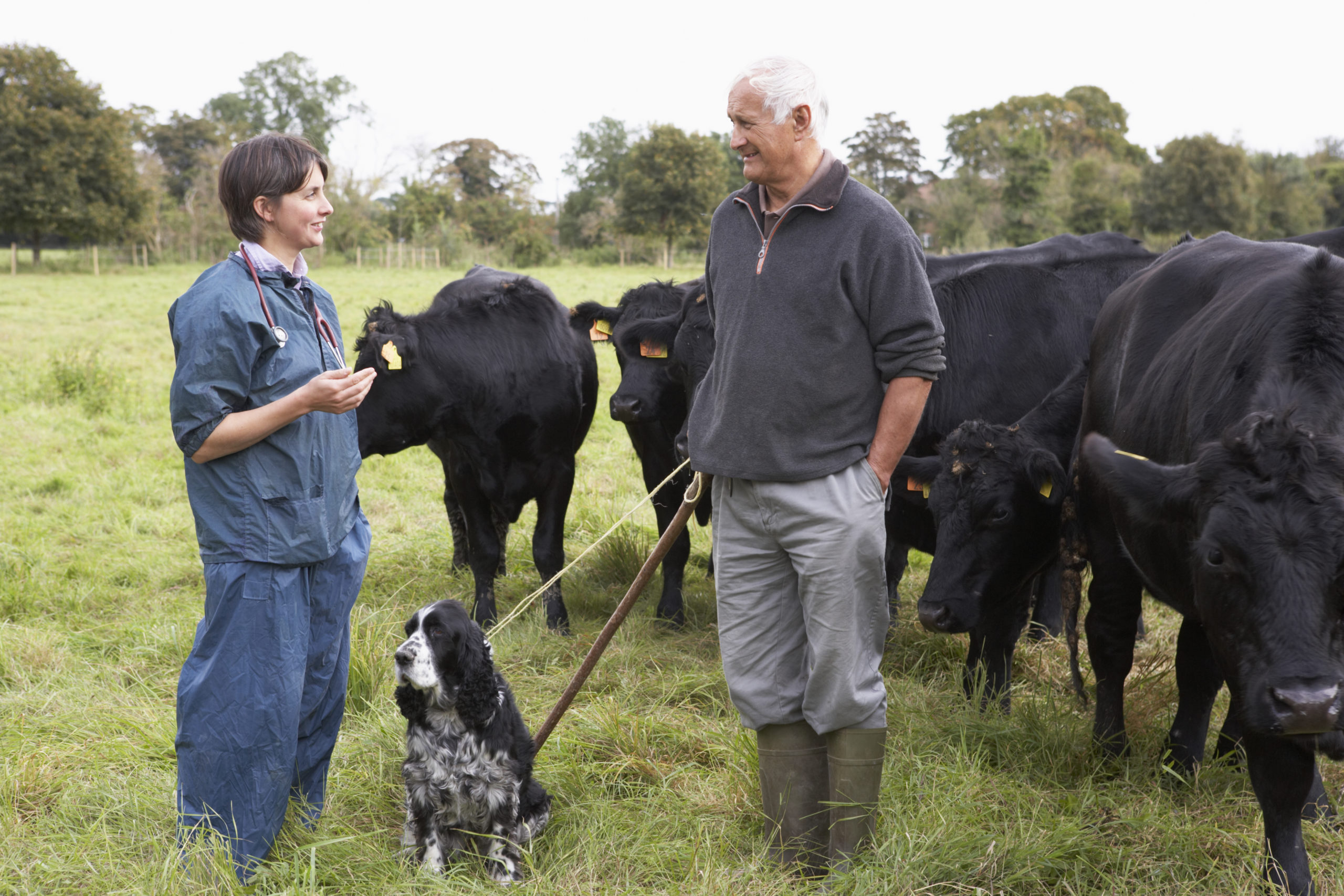
Local stakeholder engagement (continues throughout the life of the hotspot)
All active Hotspots now have local stakeholder meetings organised by APHA and the National Farmers Union (NFU), to raise awareness of the hotspot among the local community, veterinary practices, and other stakeholders.
During these meetings, livestock keepers’ attention will be focused on promoting good farm biosecurity practices and the possibility of having TB Advisory Service (TBAS) visits and APHA explains the current situation and epidemiological evidence so that all stakeholders can understand why any actions are being taken or controls put into place.
Where wildlife surveillance is introduced it relies on the engagement and cooperation of the local stakeholders who will report and can collect the carcases for PME by APHA. Stakeholders buy-in is crucial to the success of wildlife surveillance as the more carcases collected, the better evidence base that APHA has to understand the infection risk posed to or from wildlife and cattle, which helps inform next steps for controlling disease and managing the hotspot area as a whole.
Other stakeholders informed of the establishment of a TB hotspot area are:
- Veterinary Delivery Partners (VDPs) and Official Veterinarian (OV) practices which have herds within the 3km radius and/or hotspot area
- The Deer Initiative
- The Forestry Commission
- The British Association for Shooting and Conservation (BASC)
- The British Deer Society
- The Police
- The Royal Society for the Prevention of Cruelty to Animals (RSPCA)
- Local Authorities (LAs)
Q&A
As soon as a hotspot area is launched, any cattle herds using land within the Hotspot will have more frequent testing scheduled by APHA immediately.
APHA will send a test notification letter informing keepers that their herd is moving onto six monthly surveillance testing and their herd must be tested at least once within the first six months and then once every six months after that until any changes are made.
In some Hotspots, cattle herds may be moved onto annual surveillance testing, meaning that they must then be tested at least once within the first twelve months and then every twelve months thereafter, until APHA changes the TB herd testing frequency. In Hotspots with annual testing, any herd already involved in a Radial Zone testing schedule must complete that testing schedule before they move onto the twelve monthly schedule.
Individual animals from all cattle herds in hotspots must also be pre-movement tested at the keeper’s expense unless destined for slaughter or an Approved Finishing Unit.
It is important for cattle keepers to arrange the required tests as soon as possible, as delays to testing will slow down the gathering of epidemiological evidence and may unnecessarily prolong the enhanced TB surveillance measures in hotspot areas.
In a hotspot, the decision to return to the normal four-yearly routine herd testing frequency for the LRA will be taken for the hotspot as a whole. Increased testing frequency will continue for all herds in the area until the hotspot is officially closed (stage 5, see above), most likely going through gradual decrease in testing frequency.
The duration of a hotspot depends on the epidemiological evidence gathered through enhanced surveillance testing of cattle (and if necessary other species and wildlife) within the area and will be different for every hotspot. This will be different for every hotspot but is assessed against consistent criteria by APHA.
As described above for Closure of Hotspots (Stage 5), Hotspot measures will continue until the disease risk has been controlled in cattle and wildlife (if infection was also found in wildlife). This requires all TB tests in cattle herds to have been completed and no further cattle infected with the strain of M. bovis linked to the Hotspot being found. If any wildlife controls were introduced, these have also been completed successfully.
The shortest possible duration of a Hotspots would require all cattle herd tests to be completed on-time and with negative results, in which case the shortest realistic duration might be around two and a half years from start to finish. However, there are many variables that determine the duration of a hotspot and any matching infection in cattle, other species, or wildlife will extend the duration for the area within which infection has been found.
If enhanced TB surveillance clearly indicates that certain parts of a Hotspot have no signs of infection, APHA will adjust the original boundary to exclude such sections from the Hotspot. Conversely, APHA may also need to extend the boundary of a Hotspot where there are signs that infection is spreading outside the original Hotspot area.
Enhanced cattle measures
APHA will now generally move all herds in a hotspot area onto six-monthly (or twelve-monthly) TB testing, which will be funded by the Government. When six-monthly herd testing is applied, no additional radial testing of herds is required. However, where annual TB herd testing has been applied, radial surveillance zones will still be introduced around herds experiencing TB lesion- or culture-positive breakdowns (with testing taking place at 0, 6- and 12- month intervals).
Modifying the TB testing interval in hotspot areas from 48 months to six or annual testing may pose challenges for some cattle keepers. They can contact APHA to discuss the unique circumstances and difficulties arising from this sudden change, to see if there is any flexibility available within the constraints of the necessary increased cattle testing regime.
In all Hotspots where six monthly or annual TB herd testing has been applied the pre-movement TB testing rules for cattle will automatically apply until herds revert to the default four-yearly TB testing frequency for the LRA.
An additional enhanced disease control measure is the use of whole herd movement restrictions to herds where only Inconclusive Reactors (IR) have been identified, i.e. the does not apply for herds in TB hotspot areas, unless in specific circumstances, for e.g. towards the end of the life of the TB hotspot area, when the disease burden is minimal, under control and moving towards closure of the TB hotspot.
Advice
Keepers of cattle and non-farmed bovine animals can request free, bespoke advice on implementation of biosecurity measures from the TB Advisory Service (TBAS).
Enhanced TB surveillance of camelid, goat and captive deer herds
Herds of South American camelids (alpacas and llamas), goats and captive (farmed or park) deer contiguous to or co-located with cattle TB breakdown herds in the hotspot area may be subject to a comparative skin check test supplemented (in the case of camelids) 10 to 30 days later with a test for TB antibodies.
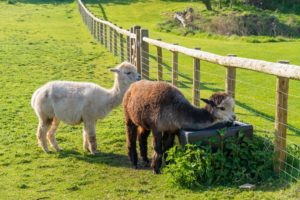
Where can I learn more about existing TB hotspots?
At the time of writing this guidance, there were five active hotspot areas in the LRA with M. bovis infection detected in the local wildlife (i.e., in Stages 3 or 4):
- Hotspot 21, Cumbria (NE of A66) at Stage 4 (wildlife controls in place in some of the area)
- Hotspot 23, Lincolnshire (LRA), Leicestershire and Nottinghamshire (EDGE) at Stage 4 (wildlife controls in place in some of the area).
- Hotspot 28, East Lincolnshire at Stage 4 (wildlife controls in place in some of the area).
- Hotspot 29, Cumbria (SW of A66) Stage 4 (wildlife controls in place in some of the area).
- Hotspot 30, Hertfordshire (LRA) and Buckinghamshire (EDGE) Stage 3 (disease found in wildlife).
For more information on Hotspots and the TB surveillance measures carried out every year, please visit TB hotspots in the Low Risk Area of England